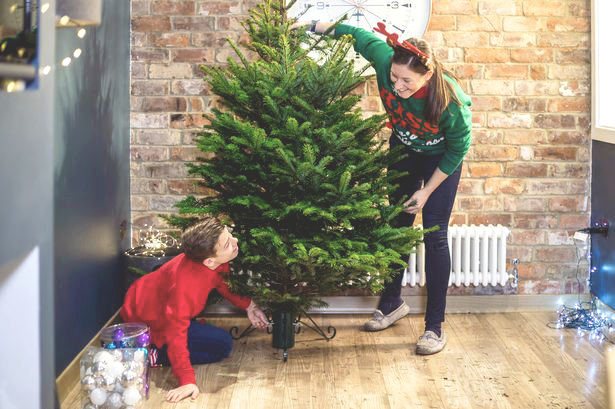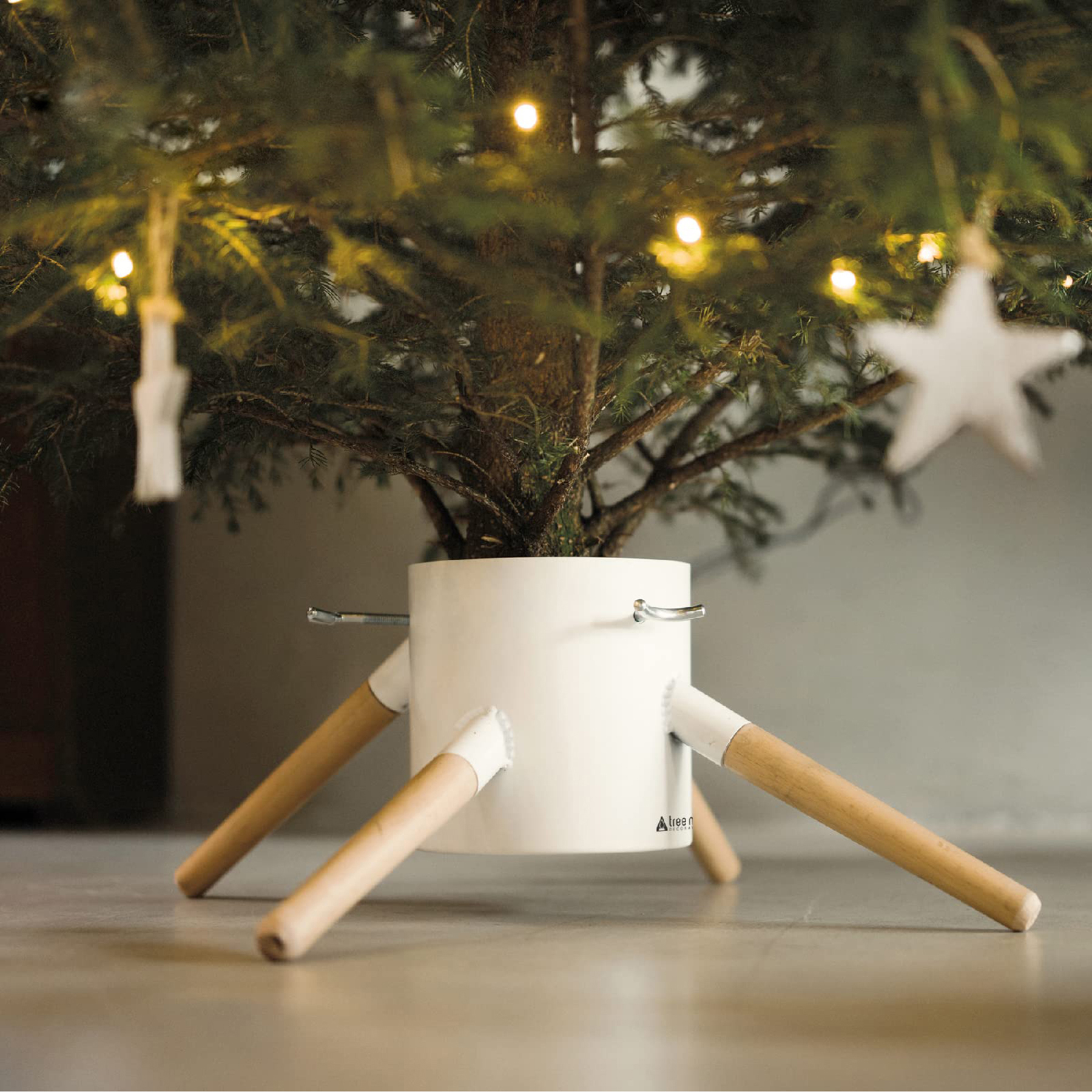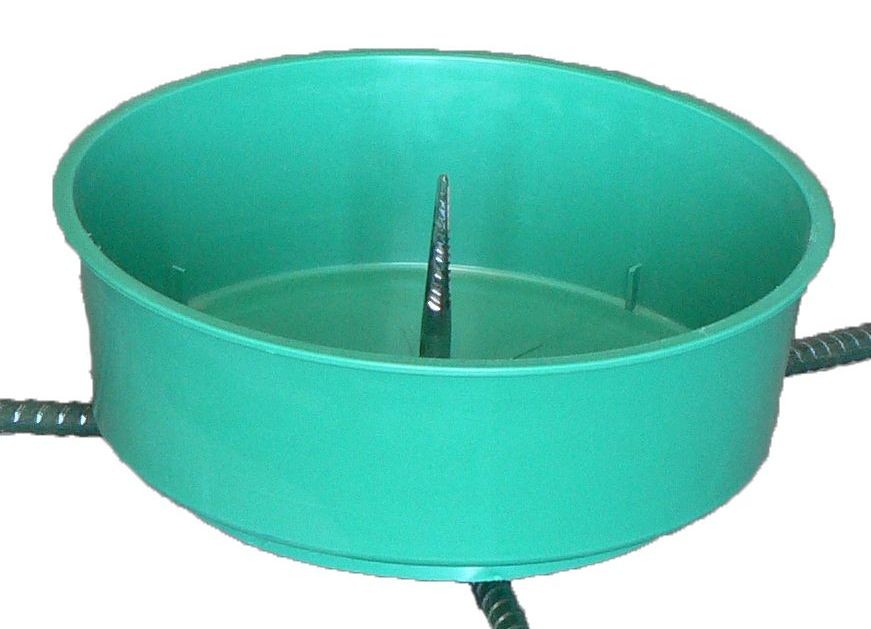Choosing a Christmas Tree Stand

Picking out a Christmas tree is a favorite Christmas activity for many people. Taking it home and getting it set up in the tree stand, however, is not. The sheer range of options on the market can be dizzying, and with so many tree stands to choose from it's hard to know which will work best for you. We've taken the three main types of tree stands and broken down all the details for you below. By learning how the different types of stands function, you will be able to make an easy and confident decision when it comes to choosing a tree stand for your Christmas tree.

The Screw-In Stand
The first and oldest type of tree stand is the basic screw-in stand. This stand is the tallest option of the three, because more of the trunk needs to be able to fit inside. It works by having 3 or 4 sets of large screws or bolts (usually 2 per set, one top and one bottom) positioned around the stand. The tree, once positioned in the stand, is held in place while the screws are tightened evenly all around the trunk. Normally, the screws have plastic caps on the end to avoid damaging the tree trunk and to give the screws some extra grip. This type of stand is easier to manage with 2 people - one to hold the tree and one to tighten the screws. One benefit to this style of stand is it gives you a large amount of control over the angle of the tree; being able to make small adjustments from different parts of the stand means you can normally get the tree very straight, even with an uneven trunk.


The Pre-Drilled Stand
The second type of tree stand is called a straight or pre-drilled stand. The concept here is simple - a shallow stand with a built in spike in the center. Most Christmas tree sellers will offer to drill your tree when you purchase it. They drill a hole in the bottom of the trunk while the tree is standing straight up. Then, once you get home, all you have to do is lower your drilled tree right onto the spike in the stand. There are no screws or other mechanisms. Some benefits to this stand are the minimalism (the stands tend to be smaller, lower, and more streamlined) and the ease of use. The biggest drawback to this style is the risk of an uneven hole being drilled in the tree. To avoid this, look for Christmas tree sellers that have the kind of drill that comes up from the bottom. The tree is clamped in place, so they can check that it's straight. Only then does the drill come up to make the hole. That way the angle is correct.

The Krinner Stand
The third type of tree stand is a relative newcomer to the market, but is gaining popularity at an amazing rate. First made and marketed in Europe, this style of stand is referred to as a Krinner stand, so named for its inventor Klaus Krinner. Krinner's design utilized a single cable with a ratcheting foot pump. The way this stand works is by tension; position the tree upright in the stand, then pump the ratcheting foot pedal to tighten the "claws" that hold the trunk in place. The pedal makes an audible ding when optimal tightness has been acheived. The benefit here is that you don't have to get down on the floor or worry about an unevenly drilled hole in your tree. However, you'll want to make sure you choose the right size. While the other two types of stand are "one size fits all", the Krinner style stands come in different sizes, depending on how large your Christmas tree is.
The differences in styles means that there is a Christmas tree stand to suit every location and situation. Esbenshade's is happy to help you pick the one that's best for you and make setting up this year's Christmas tree a cinch instead of a chore.
You can find Christmas Tree Sands in our stores or shop online.
